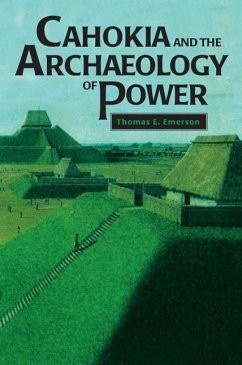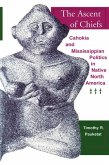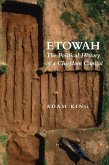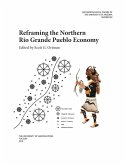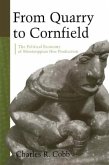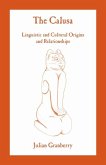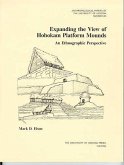This dramatic and controversial new interpretation of Cahokian leadership strategies examines the authority a ruling elite exercised over the surrounding countryside through a complex of social, political, and religious forms. Using the theoretical concepts of agency, power, and ideology, this study explores the development of cultural complexity within the hierarchically organized Cahokia Middle Mississippian society of the American Bottom from the 11th to the 13th centuries. By scrutinizing the available archaeological settlement and symbolic evidence, Thomas E. Emerson demonstrates that many sites previously identified as farmsteads were actually nodal centers with specialized political, religious, and economic functions that were integrated into a centralized Cahokian administrative organization. These centers are accompanied by such "artifacts of power" as figurines, ritual vessels, and sacred plants. The consolidation of this symbolism into a rural cult marks the expropriation of the cosmos as part of the increasing power of the Cahokian rulers.
Hinweis: Dieser Artikel kann nur an eine deutsche Lieferadresse ausgeliefert werden.
Hinweis: Dieser Artikel kann nur an eine deutsche Lieferadresse ausgeliefert werden.

